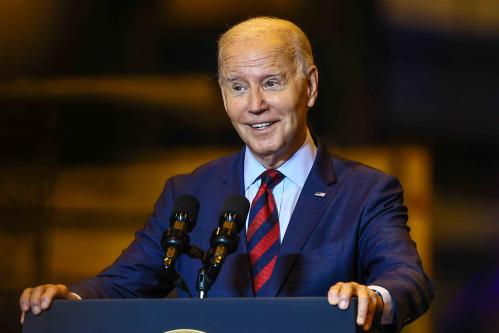On Jan. 15, 2020, Rashawn Ray, David M. Rubenstein Fellow at Brookings, testified before the House of Representatives Committee on Small Business in a hearing titled “Enhancing Patent Diversity for America’s Innovators.” Ray used his testimony to brief lawmakers on the importance of collecting demographic data for entrepreneurs, inventors, and people who apply for patents.
Analyzing and presenting data from the National Science Foundation’s National Center for Science and Engineering Statistics and citing data from Pew studies, Ray highlighted the following observations:
- Despite women-owned firms increasing four times that of men over the past 20 years, the number of patents without a woman listed as an inventor has increased over this time period. An examination of race showed that less than 1,000 inventors out of over 1 million were Black.
- Collecting demographic data is important because they eliminate false positives, determine whether a sample is representative of the desired population, and reduce the likelihood that certain demographic groups are left out of the process.
- Over half of the U.S. population seems to be quite comfortable with the government storing their data for a number of years or as long as it needs to. People overwhelmingly respond to demographic questions on surveys, particularly when they know why their data are being collected, what it will be used for, and how long it will be stored.
Ray concluded his testimony by encouraging members of the committee to collect demographic data in order to better understand disparities in the patent pipeline, create equity in the process, and better streamline resources for trainings and funding so all Americans can assist the United States in continuing to be a major world innovator for new products that can help drive the economy and create jobs.
To read Ray’s full testimony, click here. Watch video of the oral testimony here.



Commentary
TestimonyEnhancing patent diversity for America’s innovators
The importance of collecting demographic data
January 30, 2020